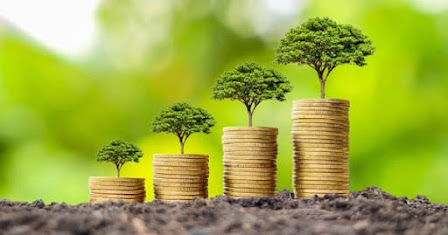5 Ways Carbon Reduction Credits are Transforming Sustainability Efforts
Carbon Reduction Credits (CRCs) are
transforming sustainability efforts by providing businesses with a market-based
solution to reducing their carbon emissions. CRCs provide an incentive for
companies to invest in projects that reduce the amount of carbon dioxide they
emit into the atmosphere, helping them meet environmental goals while also
increasing profits. By creating a financial reward for reducing emissions, CRCs
have become one of the most effective tools available today for tackling
climate change and promoting sustainable development around the world.
The first way that Carbon Reduction Credits are transforming sustainability
efforts is through their ability to incentivize businesses and organizations to
take action on climate change. Through these credits, companies can receive
financial compensation when they make investments in renewable energy sources
or other measures that reduce their carbon footprint. This creates an economic
incentive for them to pursue more environmentally friendly practices which
helps protect our planet’s future health and wellbeing from further damage
caused by global warming and other forms of pollution.
Another major benefit associated with
Carbon Reduction Credits is how it encourages collaboration between
stakeholders within different industries, who may not otherwise be willing or
able to work together towards common environmental objectives due to its
potential cost savings benefits as well as increased visibility across sectors
about what each party is doing regarding emission reduction initiatives. These
collaborations help create innovative solutions which further drive down costs associated
with green technology investments, while simultaneously driving up overall
efficiency levels throughout entire supply chains. As such, this type of
partnership has been instrumental in advancing many successful clean energy
projects over recent years.
Finally, Carbon Reduction Credit programs help increase
public awareness about how individuals can contribute towards fighting against
climate change. Many local governments have implemented these types of
incentives, so citizens can purchase credits at discounted rates, if they agree
to commit themselves to long-term reduction targets related specifically to air
pollution & greenhouse gas emission reduction activities like carpooling
& switching electricity providers etc. Therefore, not only do CRCs
encourage businesses to act responsibly but also motivate everyday people to
adopt greener lifestyles too - thus potentially having even wider-reaching
impacts upon society than previously thought possible!




Comments
Post a Comment